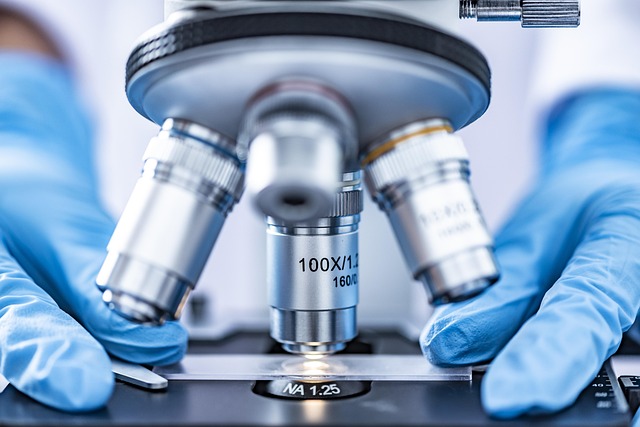
HPLC Vials: The Unsung Heroes of Chromatography
In the world of chromatography, where precision is key and every drop counts, HPLC vials are the unsung heroes. These little glass or plastic containers might not be the most glamorous lab equipment, but they play a critical role in ensuring that your sample analysis is as accurate as a Swiss watch. Let’s dive into the nitty-gritty of HPLC vials and why they deserve a spot on your lab’s A-list.
What Exactly Are HPLC Vials?
HPLC (High-Performance Liquid Chromatography) vials are specially designed containers that hold your precious samples during analysis. They come in various shapes, sizes, and materials, each tailored for specific applications. Think of them as the VIP section of your laboratory—only the best samples get in!
Types of HPLC Vials
Not all vials are created equal. Here’s a quick rundown of the main types:
- Standard Vials: These are your everyday workhorses. They’re versatile and come in various volumes, typically ranging from 1 mL to 10 mL.
- Autosampler Vials: Designed for use in autosamplers, these vials are often made from high-quality glass to reduce contamination. They’re the real overachievers of the vial world.
- Specialty Vials: These include vials designed for specific applications like LCMS (Liquid Chromatography-Mass Spectrometry) or those that require special coatings to minimize sample loss.
- Sealed Vials: For those who like to keep things under wraps, sealed vials prevent contamination and evaporation, ensuring your sample remains pristine.
Choosing the Right Vial
Choosing the right HPLC vial can feel like picking the right wine for dinner—overwhelming but crucial. Here are a few factors to consider:
- Material: Glass vs. plastic? Glass is generally preferred due to its inert nature, but plastic vials can be lighter and less prone to breakage.
- Volume: Make sure the vial can hold your sample volume. Too small and you’ll spill; too big and you’ll waste precious space.
- Closure Type: A good closure is essential for preventing contamination. Look for vials with septa that are compatible with your autosampler.
Common Mistakes to Avoid
Even seasoned lab rats can make mistakes when it comes to HPLC vials. Here are a few pitfalls to steer clear of:
- Ignoring Compatibility: Always check that your vials are compatible with your HPLC system. Using the wrong vial can lead to disastrous results.
- Overlooking Cleanliness: Contaminated vials can skew your results faster than you can say “chromatography.” Always use clean, certified vials.
- Neglecting Storage: Store your vials properly to avoid degradation of the sample. Think of it as keeping your favorite whiskey in a cool, dark place.
Conclusion
In the grand scheme of laboratory equipment, HPLC vials may not steal the spotlight, but they certainly deserve a standing ovation for their role in ensuring accurate sample analysis. Next time you’re in the lab, give a nod to these little containers that make big things happen. And remember, in the world of chromatography, every detail counts—don’t let your vials be the weak link!
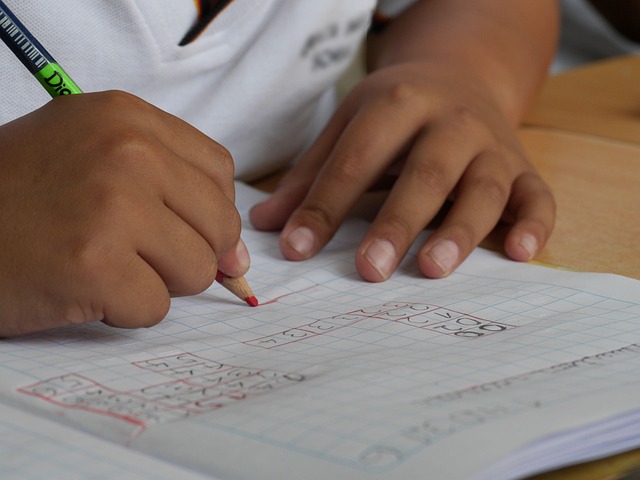






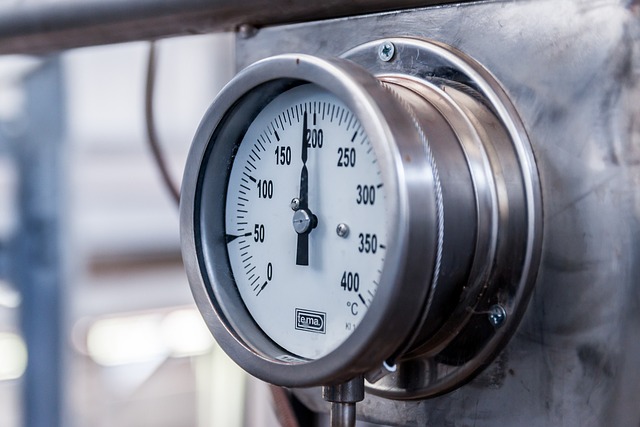




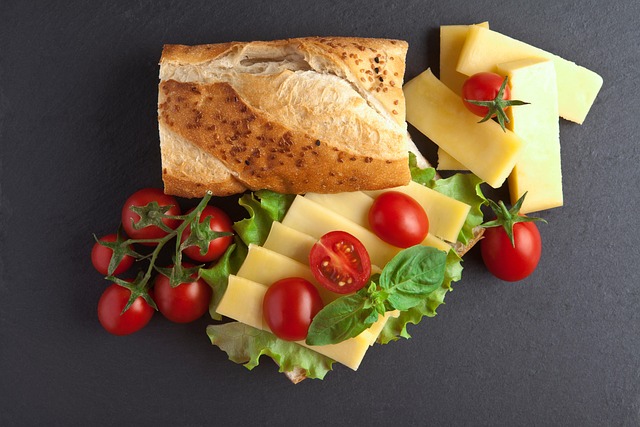
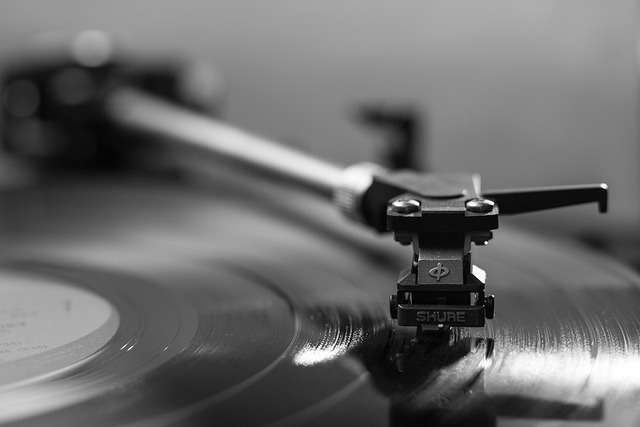



 Household Wealth by Race
Household Wealth by Race 
 Health
Health  Fitness
Fitness  Lifestyle
Lifestyle  Tech
Tech  Travel
Travel  Food
Food  Education
Education  Parenting
Parenting  Career & Work
Career & Work  Hobbies
Hobbies  Wellness
Wellness  Beauty
Beauty  Cars
Cars  Art
Art  Science
Science  Culture
Culture  Books
Books  Music
Music  Movies
Movies  Gaming
Gaming  Sports
Sports  Nature
Nature  Home & Garden
Home & Garden  Business & Finance
Business & Finance  Relationships
Relationships  Pets
Pets  Shopping
Shopping  Mindset & Inspiration
Mindset & Inspiration  Environment
Environment  Gadgets
Gadgets  Politics
Politics 